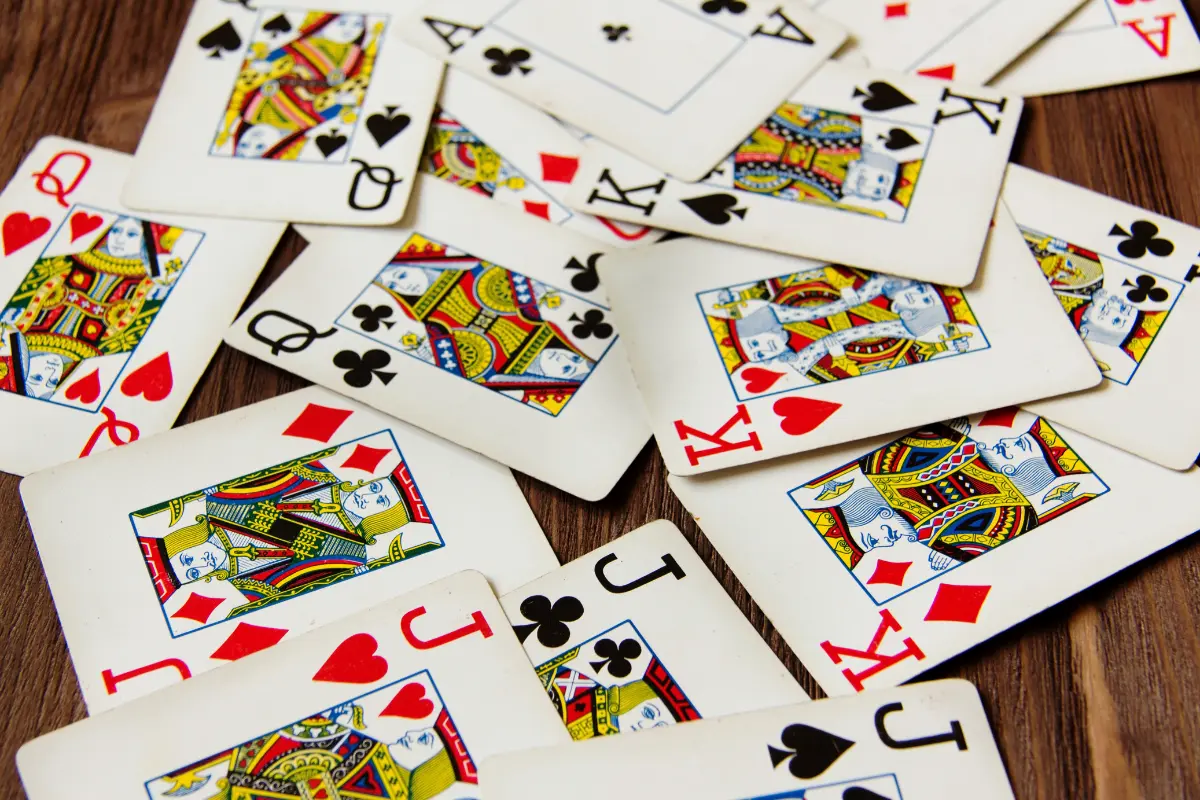Piquet is a traditional two-player card game that has been enjoyed for centuries. It is one of the oldest recorded card games, dating back to the 16th century in France. Known for its strategic depth and elegant gameplay, Piquet remains a favorite among card game enthusiasts. Unlike many modern card games, Piquet requires skill, memory, and careful planning, making it a rewarding experience for those who invest time in mastering it.
This article will provide a detailed guide to Piquet, including its history, rules, strategies, and variations.
History of Piquet
Piquet originated in France during the late medieval period and quickly gained popularity among European nobility. By the 17th and 18th centuries, it had become one of the most played card games among the upper classes. The game was referenced in literary works, and many historical figures, including French and English aristocrats, were known to enjoy Piquet.
The game’s appeal lies in its perfect balance of strategy and luck. Unlike many other games that rely heavily on chance, Piquet rewards players who can anticipate their opponent’s moves and adjust their play accordingly.
The Basics: What You Need to Play
Piquet is played with a 32-card deck, which consists of cards ranked from 7 to Ace in each suit (spades, hearts, diamonds, and clubs). The game is specifically designed for two players, making it an excellent choice for an intimate yet competitive card game experience.
Card Rankings
The ranking of the cards in Piquet is as follows, from highest to lowest:
- Ace
- King
- Queen
- Jack
- 10
- 9
- 8
- 7
Objective of the Game
The objective of Piquet is to score more points than your opponent by forming high-ranking card combinations, winning tricks, and utilizing strategic discards. The game is played over six rounds (called “parties”), and the player with the highest total score at the end of the parties wins.
Gameplay and Rules
Piquet is divided into three main phases:
- The Discard (Carte Exchange)
- Declarations (Point, Sequences, and Sets)
- The Trick Play
1. The Discard (Carte Exchange)
- The dealer (also known as the “younger hand”) and the opponent (the “elder hand”) each receive 12 cards.
- The remaining eight cards form the “talon,” which players use to exchange unwanted cards.
- The elder hand may exchange up to five cards, while the younger hand may exchange up to as many as remain in the talon after the elder hand’s exchange.
- Players attempt to improve their hands by discarding weak cards and drawing better replacements.
2. Declarations (Point, Sequences, and Sets)
Players declare various combinations of cards to earn points. The main categories of declarations are:
- Point: The player with the most cards in a single suit scores based on the number of cards they have (e.g., four cards = 4 points, five cards = 5 points, etc.). If both players have the same number, the one with the higher total value wins.
- Sequences: A sequence consists of three or more consecutive cards of the same suit. Sequences score as follows:
- Three-card sequence (Tierce) = 3 points
- Four-card sequence (Quart) = 4 points
- Five-card sequence (Quint) = 15 points
- Six-card sequence (Sixieme) = 16 points
- Sets: A set is three or four cards of the same rank (but only for Kings, Queens, Jacks, Tens, and Nines). The scoring is:
- Three of a kind = 3 points
- Four of a kind = 14 points
Players announce their declarations, and points are awarded accordingly.
3. The Trick Play
Once declarations are completed, players move on to the trick-taking phase, where they attempt to win as many tricks as possible.
- The elder hand leads the first trick by playing any card.
- The younger hand must follow suit if possible; otherwise, they may play any card.
- The highest card of the suit led wins the trick.
- The winner of a trick leads the next one.
- Players score points for each trick won, with additional bonuses for capturing the majority of tricks.
Scoring
Points are awarded throughout the game as follows:
- Declarations: Points for points, sequences, and sets as mentioned above.
- Tricks: 1 point per trick won.
- Capot Bonus: If a player wins all tricks, they receive a 40-point bonus.
- Pique Bonus: If a player scores 30 points before the opponent scores any, they receive a 30-point bonus.
At the end of the six rounds, the player with the most points wins.
Strategies for Winning at Piquet
Piquet is a game of both skill and memory. To play effectively, consider the following strategies:
1. Master the Art of Discarding
Since you can exchange up to five cards, your ability to optimize your hand is crucial. Always discard low-ranking or unhelpful cards to improve your chances of forming strong declarations and winning tricks.
2. Keep Track of Played Cards
Since only 32 cards are in play, card counting is an essential skill. Keeping track of which cards have been played can help you predict your opponent’s hand and make better strategic decisions.
3. Prioritize Declarations
Declarations offer significant point advantages, so focus on forming valuable sequences and sets. A strong declaration phase can give you a comfortable lead before trick-taking even begins.
4. Control the Trick Play
Winning a majority of tricks not only scores points but also prevents your opponent from doing the same. Lead with high-value cards when you need to secure a win, but also consider saving strong cards for later rounds to maintain control.
5. Use Bluffing and Misdirection
Since Piquet involves some level of secrecy in declarations, you can sometimes mislead your opponent by the way you play. For example, making it seem like you lack a certain suit might influence their strategy to your advantage.
Variations of Piquet
Over the centuries, several variations of Piquet have emerged, including:
- Rubicon Piquet: A scoring variation where the losing player’s total score is subtracted from the winner’s total rather than being added to their own.
- Piquet with Auction: A version where players bid on the right to be the elder hand.
- Three-Handed Piquet: A rare variant where three players take turns being the dealer, and play rotates accordingly.
Conclusion
Piquet is a timeless classic that offers a blend of strategy, skill, and psychological play. Its rich history and engaging mechanics make it a rewarding experience for those who enjoy traditional card games. While it may take some time to master, the strategic depth of Piquet ensures that no two games are ever the same.
Whether you’re new to Piquet or looking to refine your skills, this guide provides all the fundamental knowledge you need to enjoy this historic and intellectually stimulating game. Grab a deck, find an opponent, and immerse yourself in the world of Piquet!

